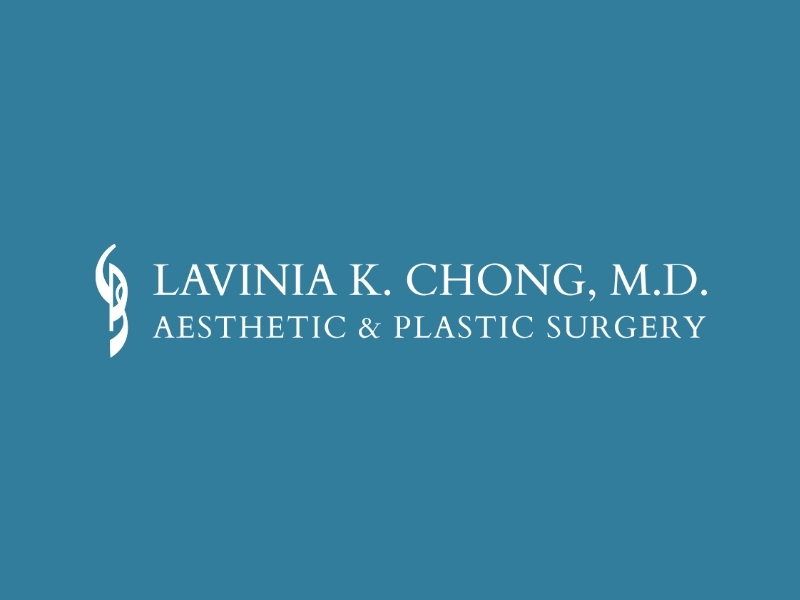 We are in the “happy medicine” business so when there is a weak link, suboptimal results arise. Generally, I can positively influence myself, my staff, the anesthetic experience, and even elicit the patient’s cooperation. However, without dermal fillers, neuromuscular toxins, implants, biological meshes, lasers, and other technologies, aesthetic innovation cannot proceed. Recently there have been relatively “short falls”. As the patents on drugs expire, pharmaceutical companies make business decisions to suspend production, leaving us to seek other supply chain options. Occasionally cryptic statements are released to justify the “back orders”, something on the line of concerns for manufacturing practices (particles, contaminants, etc.), philosophical positions (European opposition to capital punishment), and sociocultural events (Michael Jackson death); net result is hoarding of Propofol and contracting with multiple completion sources.
We are in the “happy medicine” business so when there is a weak link, suboptimal results arise. Generally, I can positively influence myself, my staff, the anesthetic experience, and even elicit the patient’s cooperation. However, without dermal fillers, neuromuscular toxins, implants, biological meshes, lasers, and other technologies, aesthetic innovation cannot proceed. Recently there have been relatively “short falls”. As the patents on drugs expire, pharmaceutical companies make business decisions to suspend production, leaving us to seek other supply chain options. Occasionally cryptic statements are released to justify the “back orders”, something on the line of concerns for manufacturing practices (particles, contaminants, etc.), philosophical positions (European opposition to capital punishment), and sociocultural events (Michael Jackson death); net result is hoarding of Propofol and contracting with multiple completion sources.
The quality control standards for dermal fillers, neuromuscular toxins set the bar. The ease of ordering, delivery, and use is comforting for both patient and injector. Allergan, the original portfolio company maintains a robust Pharmacovigilance department, which fields questions, complaints, and trends these. In order to support the successful utilization of these products, there are a variety of commercial and professional panels, where industry leaders impart “best practices”. Statistics from the Aesthetic Society polls confirm that the U.S. public approves of minimally invasive procedures, relatively small price point, short downtime, and the concept of “try a little before you buy a lot”; the trend is definitely firming. In contradistinction, Brazilian clientele prefer surgery.
Surgery is what I do and the mere suspicion of deviation from the “standard of care” is unacceptable. Today there are three manufacturers of silicone gel breast implants, in order of historical founding, they are Mentor, Natrelle, and Sientra. We, the PS and patients depend on them to maintain high manufacturing standards: quality control, continuous process improvement as well as innovation in implant design. So when the European CE (FDA counterpart), imposes a moratorium on sales of one manufacturer, this seed of doubt grows and is echoed by Australia and Brazil, shaking confidence in the industry. Deja vu. The silicone gel implant moratorium, 1992 and the more recent PIP scandal need to be considered. Excellent patient outcomes (safety, longevity, low rates of capsular contracture, deflation, reoperation, noninterference with breast cancer screening) must be our highest priorities. Here in the US, the establishment of a national breast implant registry is on the horizon. We who have some influence, in our purchasing decisions, must ensure that we adopt safe solutions, adhering to evidence based medicine.
So for the present, I maintain extreme vigilance. As Edmund Burke famously said, “those who don’t history are doomed to repeat it”. It is indefensible to keep business partners who are neither transparent or clear in their engineering practices.



